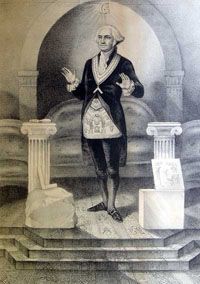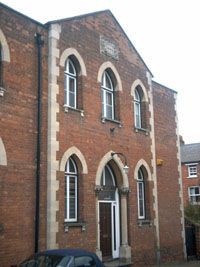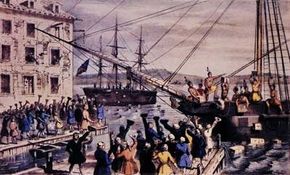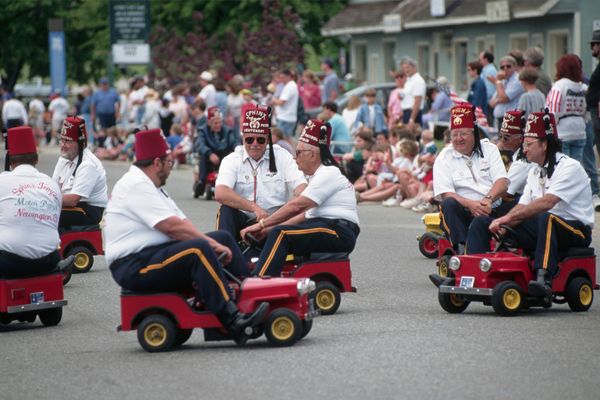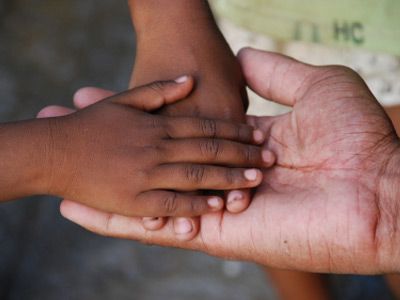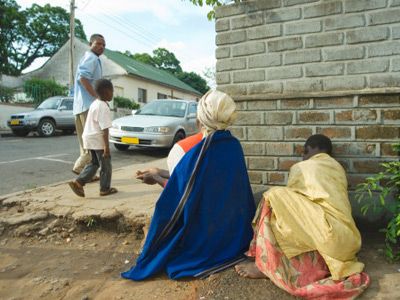The foundations of Freemasonry are the ideals of liberty, equality and fraternity. Members are expected to believe in God, engage in morality, practice philanthropy and abide by the laws of the country in which they live. Although the purpose of their meetings is for intellectual discussion, any mention of politics or religion is prohibited.
The Freemasons are composed of groups called Lodges, which swear their allegiance to a Grand Lodge or Grand Orient (there is usually one in each state). Each Lodge must be officially chartered by the Grand Lodge, and receive a name, number and title. Individual Lodges maintain their own set of bylaws. Members of each Lodge have their own secret passwords, handshakes and signs to recognize one another.
Officers of the Lodge include a Master (referred to as "Worshipful Master"), a Senior Warden (who helps the Master with his duties and takes over when the Master is away), a Junior Warden (who ensures that visiting Masons have the correct credentials), a Treasurer (who collects dues and pays the Lodge's bills), a Secretary (who records meeting minutes and handles other administrative duties), a Senior Deacon (who guides visitors and new members into the Lodge), and a Junior Deacon (who serves as messenger of the lodge).
Depending on the Lodge, there also may be an Inner Guard (who guards the door), Chaplain (who leads prayers), Director of Ceremonies (who ensures that Masonic ceremonies and rituals are being performed appropriately), and Organist. The Master, who is elected via ballot vote, must ensure that the Lodge is abiding by its bylaws.
The icons of Freemasonry are highly symbolic. The primary symbol is the square and compass surrounding the letter "G." The G represents God (or, alternately the sacred geometry of the original operative Masons), the square encourages members to square their actions with all men, and the compass stands for creating boundaries in life. The Freemasons wear a distinctive apron decorated with these emblems of the organization.
The Freemasons have been confused with many mysterious sects over the years, from witches to the Rosicrucians (a spiritual group that arose during the 17th century). But perhaps the strongest association that has been made was with a secret society called the Illuminati.
Founded by German professor Adam Weishaupt during the 1700s, the Illuminati believed that both religions and governments were corrupt. They wanted to abolish both institutions to create a New World Order. To accomplish this mission, Weishaupt joined up with the Freemasons in Bavaria. Although the two groups shared liberal religious views, the Freemasons did not support Weishaupt's radical plot. Eventually, the Bavarian government forced the Illuminati to disband, but members reportedly carried on as part of other organizations, and some believe they continue to pursue their mission with the Freemasons today.
